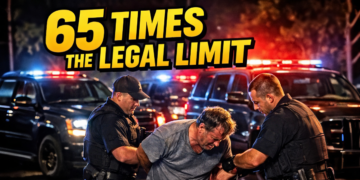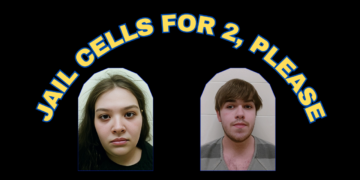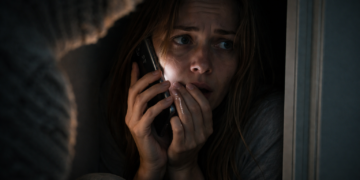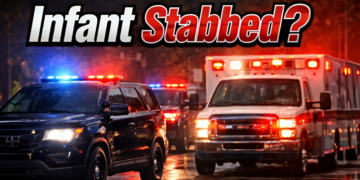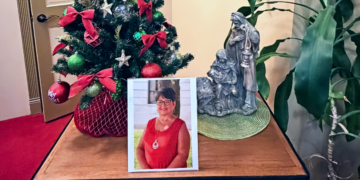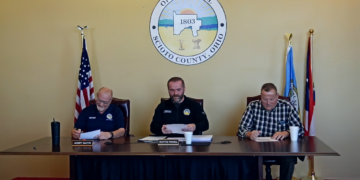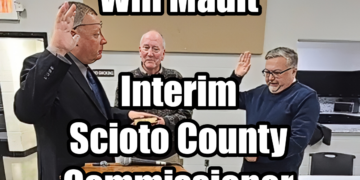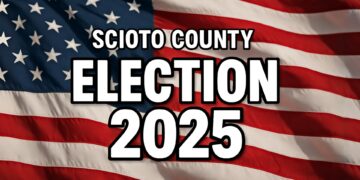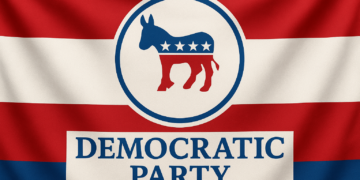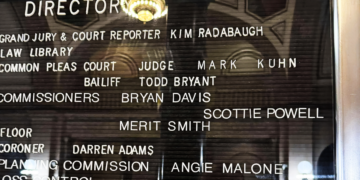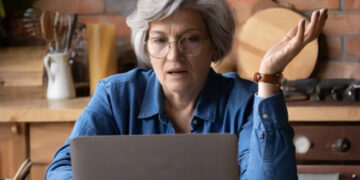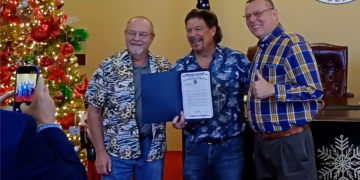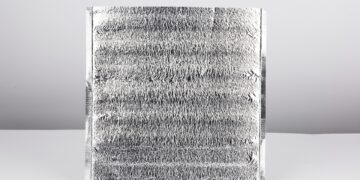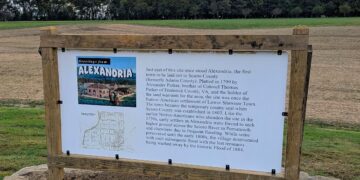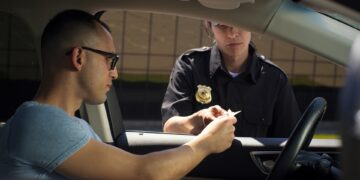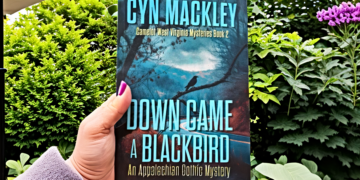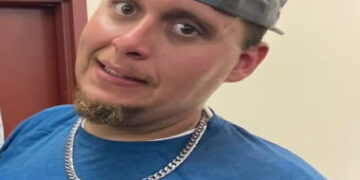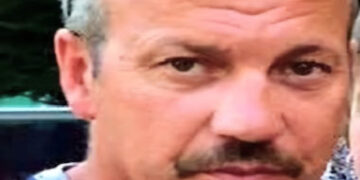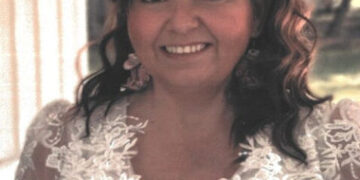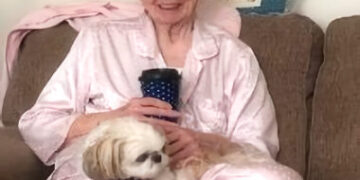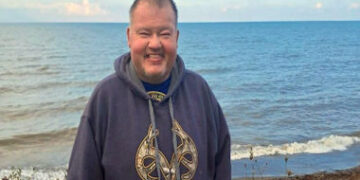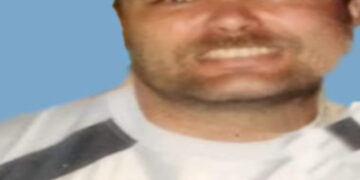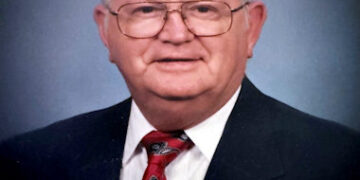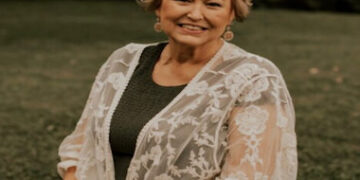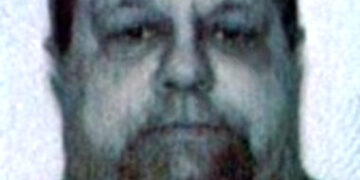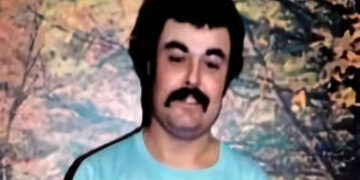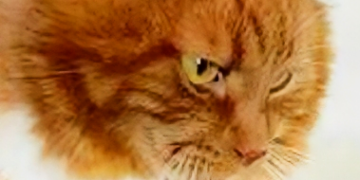Extra food stamps are on the way for many Ohio families. However, you still can’t visit loved ones in nursing home visits. Governor Mike DeWine announced that 850,000 Ohio families with kids will receive an extra $300 in SNAP benefits. He also addressed what’s happening in nursing homes. Plus, businesses offering tattoos and piercings finally got a re-opening date. We’ve got all the important points from today’s COVID-19 briefing.
Extra Benefits For Kids
Good news for Ohio families that qualify for SNAP Benefits. Ohio’s Pandemic EBT Plan was approved by the USDA.
That means the Ohio Department of Jobs and Family Service will send extra SNAP benefits to help feed kids who relied on free and reduced lunch programs in school for nutritious meals.
This approval allows jobs and family services to distribute SNAP benefits to help students who relied on free and reduced meal programs. Around 850,000 students are eligible for the program. The benefits are mailed directly to families. Most families will receive around $300 intended to purchase nutritious food for children.
Families do not need to do anything to receive the benefits.
Massage, Tattoo, and Piercing Can Reopen May 15
Good news for businesses that offer massages, tattoos, and piercing services. Lt. Governor Jon Husted said they will be allowed to open on Friday with other personal care businesses.
He said that he is still reviewing the data for opening casinos, travel and tourism, fairs, outdoor recreation, and gyms, and fitness centers.
COVID-19 Cases
- Suspected Cases – 25,250
Confirmed Cases – 23,809 - Hospitalizations – 4, 539
ICU Admissions – 1,232 - Suspected Deaths – 1,436
Confirmed Deaths – 1,303 - Scioto County – 13
SOCF – 6 pending tests
Nursing Homes
No Date For Return of Visits
Ursel McElroy, Director of the Ohio Department of Aging spoke about the distress many families feel at not being able to visit loved ones in nursing homes.
- She said it was important to keep residents connected with their families. “We can do two things at once. We can protect people but we can also keep them connected.”
- McElroy did not give a possible date for visits to resume. She said, “We are working with families and residents of nursing facilities. We are working with people within the industry to be able to do those two things at once.”
- She said she realized that for families it must seem like the separation period is dragging on forever. “We recognize how difficult it must be to not see someone you’re used to seeing every day. We appreciate what you’re sacrificing right now.”
Protecting Residents
Ohio’s Medicaid Director Maureen Corcoran addressed what’s being done to protect residents in nursing homes. In Ohio, there are 215,000 Ohioans in assisted living and nursing home environments. So far, 26% of the state’s COVID-19 deaths occurred in nursing homes.
She said that the most important component of Ohio’s approach is local collaboration. The state has teamed up hospitals with local health departments and nursing homes to help manage COVID-19 concerns.
She said Ohio has many tools to help nursing homes handle outbreaks. Those tools include:
- Regulatory relief that frees up nursing homes and providers from red tape. For example, allowing tele-health visits.
- Worked with medical directors from nursing homes to come up with clinical protocols.
- Put together infection control strike teams to handle infections in nursing homes
- Developed healthcare isolation centers. Certain nursing homes have stepped forward to serve as quarantine facilities.
Corcoran said, “This is not a sprint, this is a marathon. We will pay particular attention to nursing homes until we have a vaccine.”


